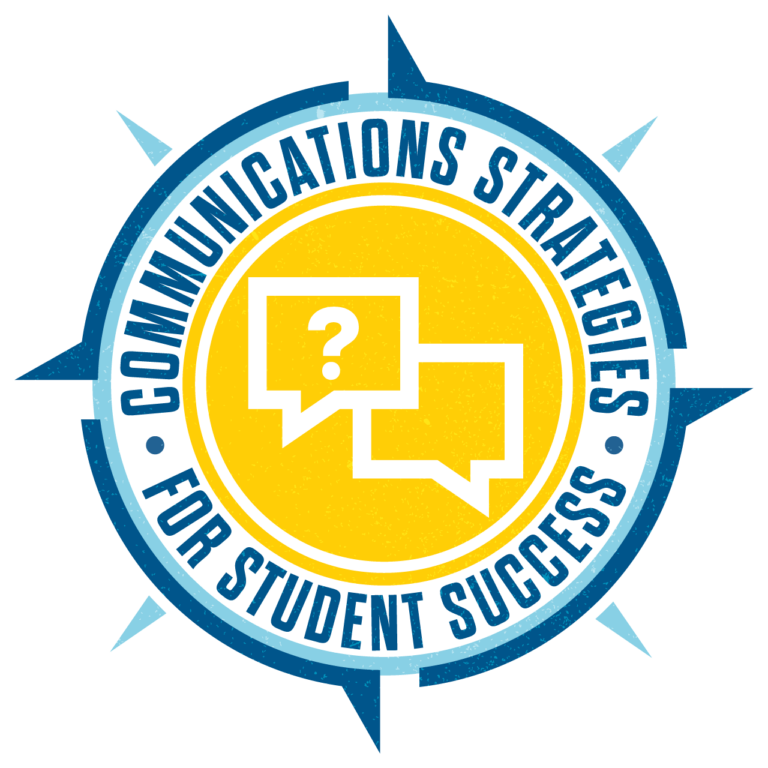
Inviting nonviolent communication in the classroom
How do you have productive classroom conversations, especially on contentious topics, in the age of burnout and social media echo chambers? In response to this challenge, some educators are looking to nonviolent communication, a framework for open and honest dialogue created by psychologist Marshall Rosenberg. Rosenberg first developed the method in the 1960s and 70s to cultivate compassion amidst the tensions of the era.
The nonviolent communication method involves four steps: 1) sharing an observation without judgment, 2) expressing feelings, 3) connecting those feelings to needs, and 4) making requests of others. The goal is to arrive at empathy, making connections based on our shared humanity–an alternative to the “emotional distancing and judgment that makes other forms of violence possible” (Koopman and Seliga, 2021, p. 21).
This process has been applied to all levels of education. In Nonviolent Communication: A Language of Life, Rosenberg shares one example from higher education:
“A college instructor described how relationships between students and faculty had been affected when several faculty members learned to listen empathetically and how to express themselves with more vulnerability, fully and honestly. ‘The students opened up more and more and told us about the various personal problems that were interfering with their studies. The more they talked about it, the more they were able to complete” (2015, p. 114).
As this example shows, nonviolent communication involves both inviting others to share their feelings and needs, while offering your own. This can be a challenge in a space where we are accustomed to academic traditions that “privilege the mind of the body or arguing one’s own claim over listening for across difference” (Frey, 2018, p. 92). The great thing is that small, imperfect applications of the method still yield positive results and moves toward great empathy (Koopman and Seliga, 2021).
I want to share one practice that I’ve recently incorporated into my own teaching that has me excited about the potential for expressing feelings and needs in the classroom. In an online class, each week I ask students to respond to a few questions in an assignment that I call a “course journal.” One question always asks students to reflect on a key module concept, so I can gauge understanding; another asks students about their progress in the module capstone assignment. In the third question I ask:
How is the module going for you so far? What ideas, assignments, or readings have interested, challenged, inspired, or bothered you? Why?
I’ve observed that this question, which explicitly asks students to consider their feelings, has received considerable engagement in response. Students shed light on why they connect to a particular topic or why they are struggling to keep pace with the course. It’s here, more than in emails, where I learn where students are confused by assignments or course policies.
These journals have been a great way for me to learn about student needs and respond to them. By writing a short personal response to the entries, I have the opportunity to empathize and sometimes offer practical help to address student needs. I work to keep this authentic sharing safe, using tools like setting the journal evaluation type to “Complete/Incomplete” on Canvas so that grades are only displayed as a checkmark (for complete) or an “x” (for incomplete). I do want to disclose that I’ve only assigned weekly course journals in classes with enrollment below 25 so that writing responses is manageable and enjoyable.
If journaling is not right for your class, there are other ways to invite nonviolent communication into your course. Lauricella (2019) discusses using anonymity and discussion backchannels to make space for more vulnerable sharing and questions. Or consider offering some short instruction on the method before a potentially divisive class discussion; there are many resources available for free online to help guide you.
Perhaps the most compelling potential of nonviolent communication is that it is not necessarily a call for “civility” in the sense of sublimating our personal responses under the guise of politeness. Writing for The Atlantic, Adam Serwer notes that calls for civility of this sort can hinder what Martin Luther King Jr. called “a type of constructive, nonviolent tension which is necessary for growth.” By calling for authentic sharing, nonviolent communication invites productive tension by inviting in the messiness of our entangled feelings and needs. With a shared goal of mutual empathy, these connections can promote significant learning.
References
Frey, R. (2018). Rhetorics of Reflection: Revisiting Listening Rhetoric through Mindfulness, Empathy, and Non-violent Communication. 23, 14.
Koopman, S., & Seliga, L. (2021). Teaching peace by using nonviolent communication for difficult conversations in the college classroom. Peace and Conflict Studies. https://doi.org/10.46743/1082-7307/2021.1692
Lauricella, S. (2019). The Practice of Nonviolence: Teaching an Undergraduate Course in Nonviolent Communication. Journal of Communication Pedagogy, 2, 103–110. https://doi.org/10.31446/JCP.2019.19
Rosenberg, M. B. (2015). Nonviolent communication: A language of life (3rd edition). PuddleDancer Press.
Serwer, A. (2019, November 12). Civility Is Overrated. The Atlantic. https://www.theatlantic.com/magazine/archive/2019/12/adam-serwer-civility/600784/





